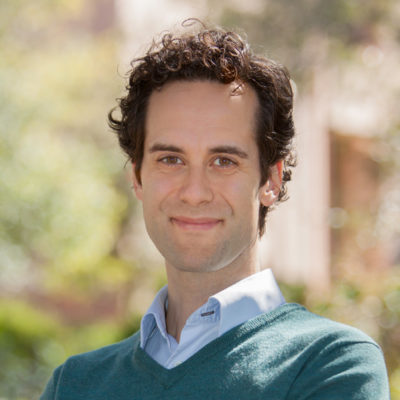Enabling Entrepreneurs to Alleviate India’s Energy Poverty
Summary
A change in the law could extend electricity to millions of people.
An estimated 360 million to 460 million people in India have little or no access to electricity. That’s roughly a third of the people in one of the world’s most populous countries, and more than the United States and Canada’s populations combined. In terms of these raw numbers, India suffers from the most extreme energy poverty in the world.
As a basic lack of power is a major impediment to economic growth, the Indian government has articulated ambitious electrification goals to extend access to those people, many of whom live in rural areas currently beyond the reach of the central grid. These goals come at a time when the public utilities are under financial distress, however, so the hope is that private enterprise might help fill the gap. And yet, says Stanford GSB professor Stefan Reichelstein, “those electrification goals are not being met left or right.”
In a new research paper, Reichelstein and Stephen Comello, associate director of the Sustainable Energy Initiative, identify a key regulatory barrier that they believe is freezing the government’s hopes that entrepreneurs will step in to accelerate the effort to power upward of 80 million homes that lack electricity. The research was funded partially by the Stanford Institute for Innovation in Developing Economics.
Read More
